At a children’s hospital in the United States, robots are roaming the corridors to bring food trays to patients. Such system relieves nurses from the tedious and time consuming chore of pushing food carts inside the hospital every day.
This is one way of making healthcare smarter which involves optimal use of technology to do things better.
The robot scenario was presented by William Klein in a video documentation during the Digital Life Congress and Expo organized by LIFEDATA Systems , Inc. in partnership with the Department of Science and Technology (DOST), among others. Klein is the president and chief executive officer of Don Miller and Associates (DM&A), the largest team of seasoned healthcare food service consultants in North America.
The video showed a kitchen staff member as she places a food tray in a trolley. Buttons are pressed, setting off the robotic trolley in action – it moves, signals the elevator to hold, and roams the halls to deliver a patient’s meal that had been meticulously prepared to nourish and heal the patient’s body.
The concept of smarter healthcare in this instance focuses on the patient, and promotes nutritional awareness while balancing revenue and cost containment.
“The robot does not stop; it just keeps on going,” said Klein, whose career includes 30 years in the food service industry as well as culinary and managerial positions in hospitals and nursing homes.
In his presentation titled “Smarter Healthcare: Food Service Solutions”, Klein emphasized that the time spent by a nurse doing the delivery of food trays could have otherwise been spent doing other hospital duties equally beneficial to the patient.
Another technology which Klein shared with the audience was a system which tracks food trays within the hospital facility during their whole cycle. He also mentioned the importance of making real time data about patients readily available to hospital personnel.
He emphasized however that to properly leverage technology, hospital authorities and healthcare officials should choose the right software – one which promotes nutritional awareness, and implement the right kind of training on how to use the software.
Aside from complying with nutritional requirements, hospital food should also be visually appealing, Klein added. “Diets should be designed not just nutritionally, but with colors, shapes, and sizes. Of course you don’t want your food to be all yellow,” he told the audience. A visually appealing meal, he noted, encourages the person to go ahead and eat it.
Food should also be properly apportioned, according to him. “Nobody wants a big meal that cannot be eaten. I’d rather have a patient have a bowl of soup and noodles for his meal,” he remarked.
Klein lamented that food services is among the least supported components within the hospital system, yet food is the body’s primary product. “Without food, the body cannot heal and move ahead. Patients should be given food they can eat and food they need to eat – when they need it,” said Klein, explaining that food should not be cold by the time the patient has to eat it.
The DM&A president and CEO added that patients should also eat food they can tolerate, citing oncology patients who “have a very small window where they can tolerate food.”
Smarter Healthcare was one of the focus issues of the Digital Life Congress and Expo which ran from November 14-16, 2013. Other topics were on Smarter Education and Mobility, Smarter Economy, and Smarter Environment.These topics dovetail with DOST’s Smarter Philippines program which aims to harness technology and innovation across industries and sectors en route to a better way of life for Filipinos. Smarter Philippines also prepares the country towards global competitiveness for the upcoming ASEAN integration in 2015.
Written by: Angelica A. de Leon
Wednesday, 20 November 2013 00:30



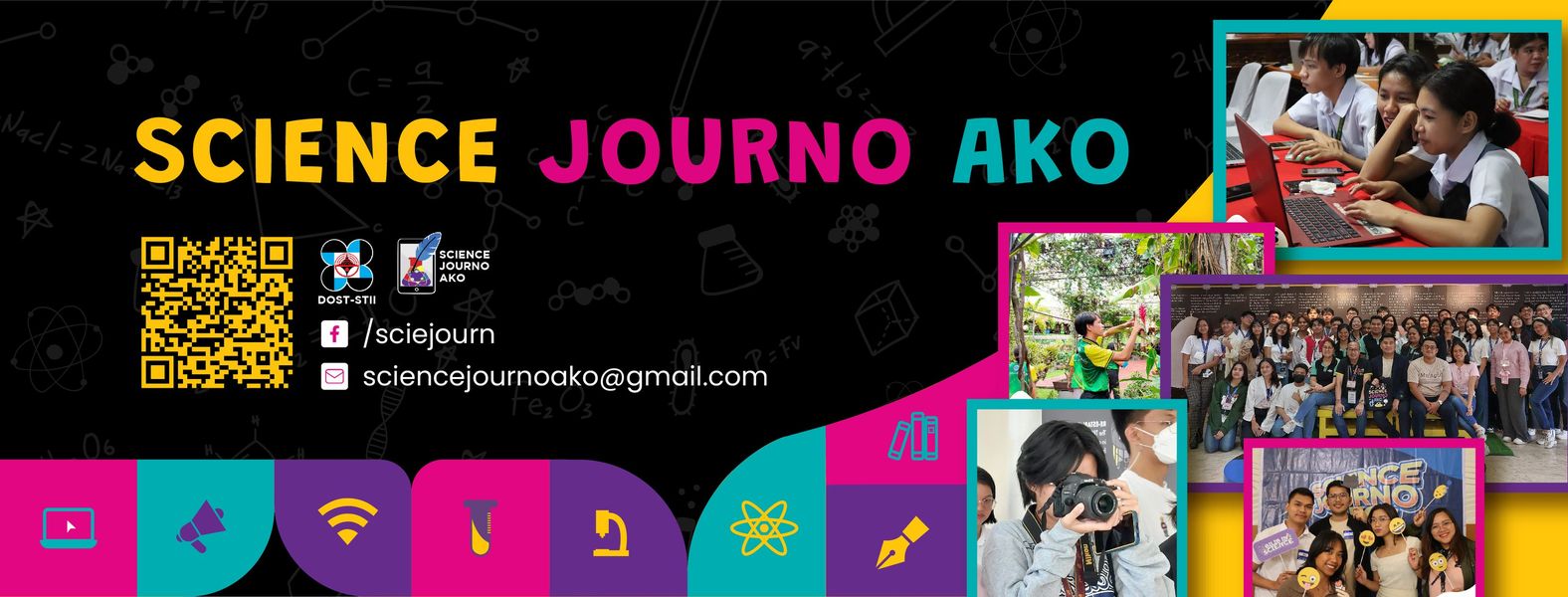
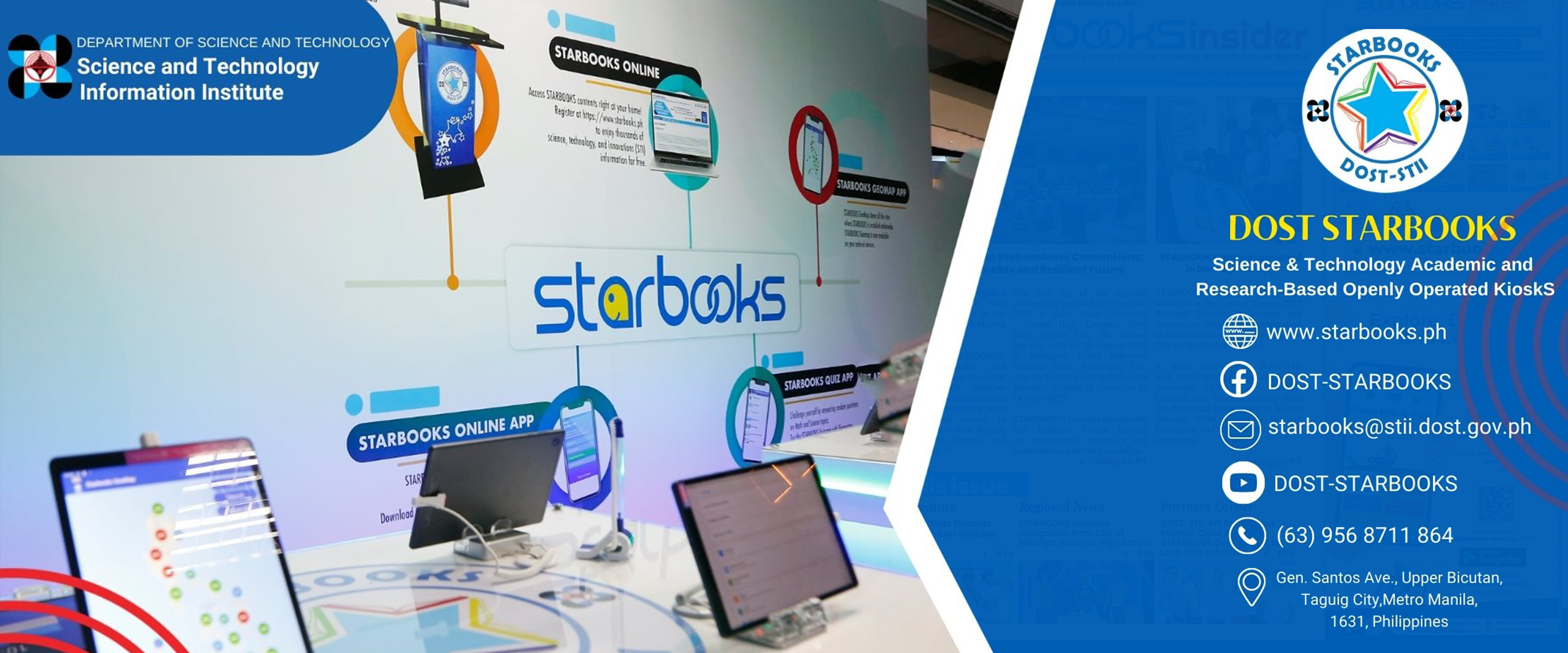
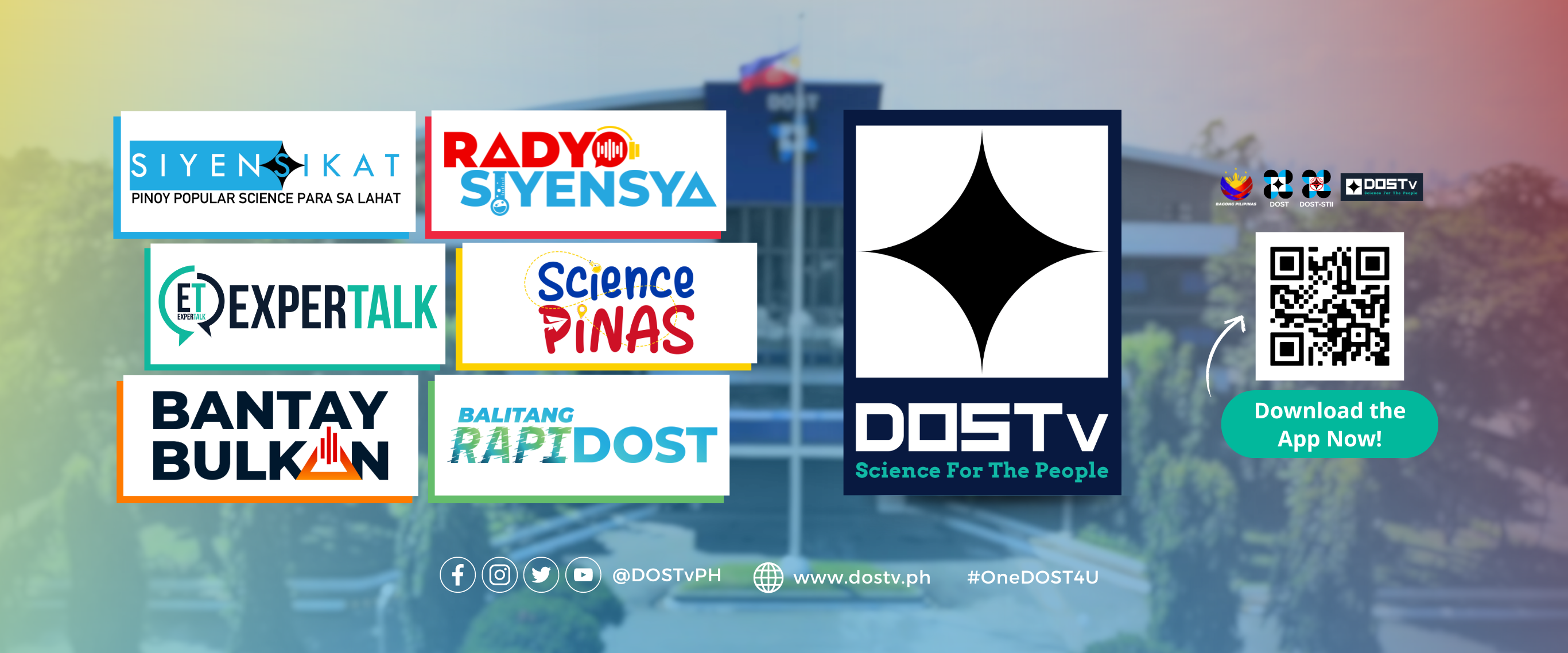

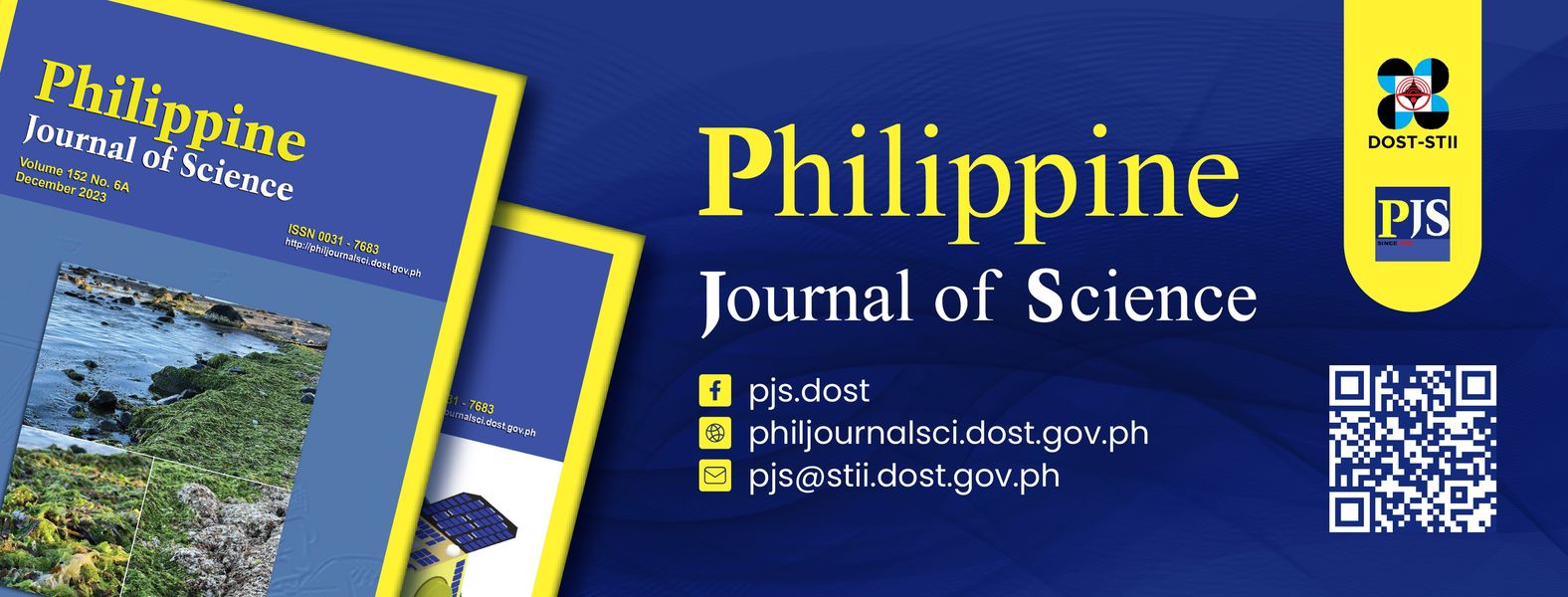




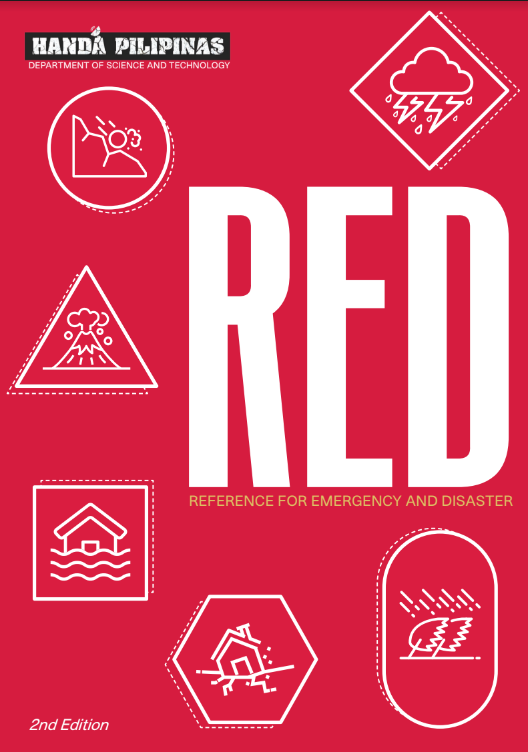





 21 in 2021 Technology Catalogue
21 in 2021 Technology Catalogue 21 in 2021 Technology Catalogue
21 in 2021 Technology Catalogue DOST Innovations - Web and Mobile Applications for Disaster Risk Reduction and Management
DOST Innovations - Web and Mobile Applications for Disaster Risk Reduction and Management